Prior Engine Mount Damage Lead to Fatal Aerial Saw Crash (Rotor Blade LLC, Hughes / MD 369D / 500D N89ZC)
On 5 March 2019 Hughes (later MD) 369D / 500D N89ZC, operated by Rotor Blade LLC, crashed near Talking Rock, Georgia, killing the pilot. This occurred during a Part 133 external load flight using a 10-bladed aerial saw to trim trees alongside power lines.
The Accident and NTSB Safety Investigation
The US National Transportation Safety Board (NTSB) explain in their safety investigation report that three passes were planned (upper, middle, and lower):
A witness reported that the pilot performed the upper pass, then returned for the middle pass when the helicopter began to rotate counterclockwise around the main motor mast. It completed one full rotation, and during the second rotation, the helicopter impacted trees and then the ground.
Post-accident examination revealed (our emphasis added)…
…a fracture of the overrunning clutch outer race and cracks on three of the engine mounts. While two of the three engine mounts cracks were likely a result of impact forces, the cracks on a third [central] engine mount were likely present prior to the accident.
The failure of the overrunning clutch subassembly outer race resulted in a loss of power to the main rotor system.
Given the helicopter’s low altitude and airspeed at the time of the loss of power, the pilot was likely unable to successfully initiate and perform an autorotative landing.
The investigation identified that:
Before its installation…the overrunning clutch subassembly had been repaired, which included the installation of a new outer race. The accident helicopter operated with the overrunning clutch subassembly for about 33 flight hours until the accident occurred. Examination of the fracture surfaces revealed signatures consistent with fatigue and subsequent overload. The orientation of the crack in the circumferential plane was consistent with an anomalous bending load, such as an angular misalignment of the drivetrain, that drove fatigue crack initiation.
The investigation went on to determine that…
…it is likely that the damaged center engine mount was the source of the anomalous bending loads… The 100-hour/annual inspection of the engine mounts could be performed with the engine installed on the airframe, and the operator had done so; however, the presence of the engine could present difficulties for a mechanic in performing a visual inspection, particularly of the forward side of the center engine mount, where the cracks were located. Maintenance records indicated that, in the 9 months preceding the accident, the engine mounts were inspected six times with no anomalies observed. However, when the engine mount cracks may have developed and whether they would have been visible during any of the previous inspections could not be determined based on the available information.
NTSB Probable Cause
A fatigue failure of the overrunning clutch subassembly due to abnormal bending loads due to cracks on the center engine mount, which resulted in an inflight loss of power. Contributing to the accident was the helicopter’s low altitude and airspeed when the loss of power occurred, which precluded the pilot from successfully performing an autorotation.
Previous Accidents
Not discussed in this accident report but the 1981 built helicopter had suffered three previous accidents. On 6 November 2009, while operated by Extreme Helicopters, the helicopter lost engine power less than a minute after takeoff in Baxley, Georgia. It rolled over onto its left side during the subsequent autorotation and suffered substantial damage. The pilot told the NTSB this was “main fuel valve was pulled causing fuel starvation to the engine.” On 29 July 2014 while undertaking an aerial saw task for Rotor Blade LLC in West Liberty, Ohio alongside a railroad track, the engine lost power due to fuel exhaustion and the helicopter descended into the trees, again receiving substantial damage.
The helicopter was topped off with fuel before the accident flight, and it had been flown 1 hour 50 minutes before the accident. The operator stated that the fuel tank holds 62.4 gallons, and the pilot reported that the helicopter consumes about 30 gallons per hour. It is likely that the pilot did not adequately monitor the fuel quantity during the flight, which resulted in a total loss of engine power due to fuel exhaustion.
Additionally, on 22 August 2018, during a powerline inspection for Rotor Blade LLC, the helicopter suffered a wire strike on a crossing 230 kV cable in Ridgeway, Pennsylvania.
…the passenger [from First Energy] spotted a previously unseen power line in their flightpath, so the pilot “pulled hard aft cyclic with right pedal,” but the main rotor blades struck the power line. The helicopter’s main rotor system began vibrating, but the pilot was able to land without further incident.
Main Rotor Blade Wire Strike Damage Hughes 369 / 500 N89ZC After Powerline Patrol Accident 2018 (Credit: FAA via NTSB)
The helicopter sustained substantial damage to the main rotor blades.
Curiously, these previous accidents, and the aircraft’s return to service after each one, are not examined by the NTSB.
Safety Resources
The European Safety Promotion Network Rotorcraft (ESPN-R) has a helicopter safety discussion group on LinkedIn. You may also find these Aerossurance articles of interest:
- RCMP AS350B3 Left Uncovered During Snowfall Fatally Loses Power on Take Off
- Loose Engine B-Nut Triggers Fatal Forced Landing
- Fatal Engine Power Loss: Powerline Helicopter Not Modified IAW OEM Recommendations
- Fatal H500 / 369D Low Altitude Hover Power Loss: Power Line Maintenance Project
- Tool Bag Takes Out Tail Rotor: Fatal AS350B2 Accident, Tweed, ON
- Unexpected Load: AS350B3 USL / External Cargo Accident in Norway
- Helicopter Wirestrike During Powerline Inspection
- Fatal Snowy Powerline Inspection Flight
- Be Careful If You Step Outside!: Unoccupied Rotors Running AS350 Takes Off
- AS350B3 Dynamic Rollover When Headset Cord Snags Unguarded Collective
- AS350 Tail Rotor Control Incident, Grand Caymen
- Fatal MD600 Collision With Powerline During Construction
- Firefighting Helicopter Wire Strike
- Wayward Window: Fatal Loss of a Fire-Fighting Helicopter in NZ
- Helicopter Tail Rotor Strike from Firefighting Bucket
- Short Sling Stings Speedy Squirrel: Tail Rotor Strike Fire-Fighting in Réunion
- When Habits Kill – Canadian MD500 Accident
- Fatal Powerline Human External Cargo Flight
- UPDATE 26 June 2021: Engine Life Limit Exceedance Caused Logging Helicopter Fatal Accident
- UPDATE 7 August 2021: Prompt Emergency Landing Saves Powerline Survey Crew After MGB Pinion Failure


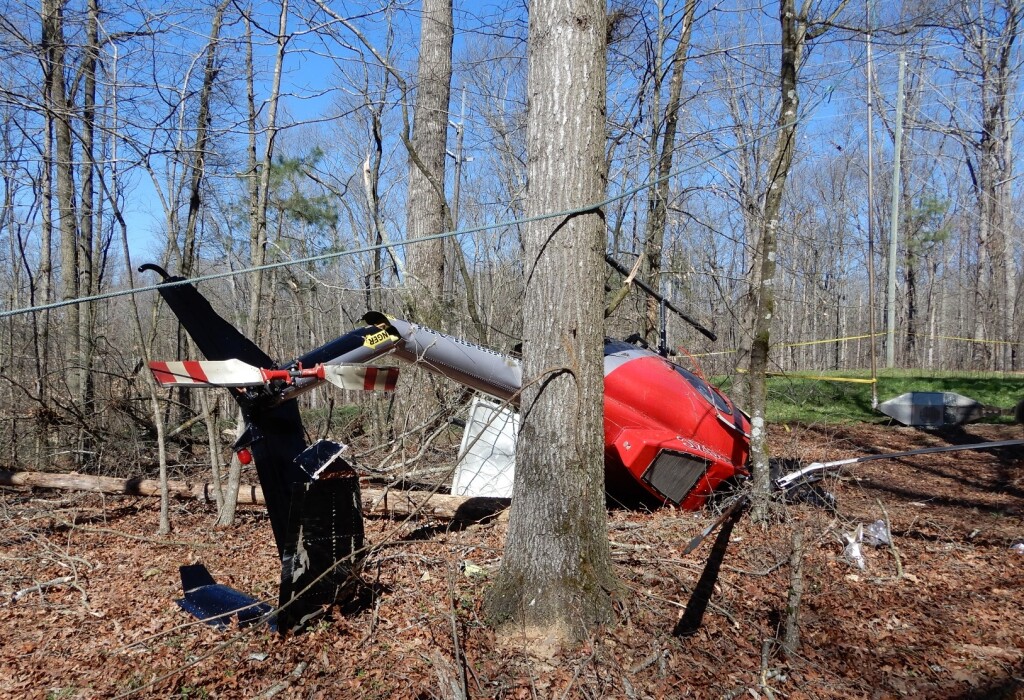
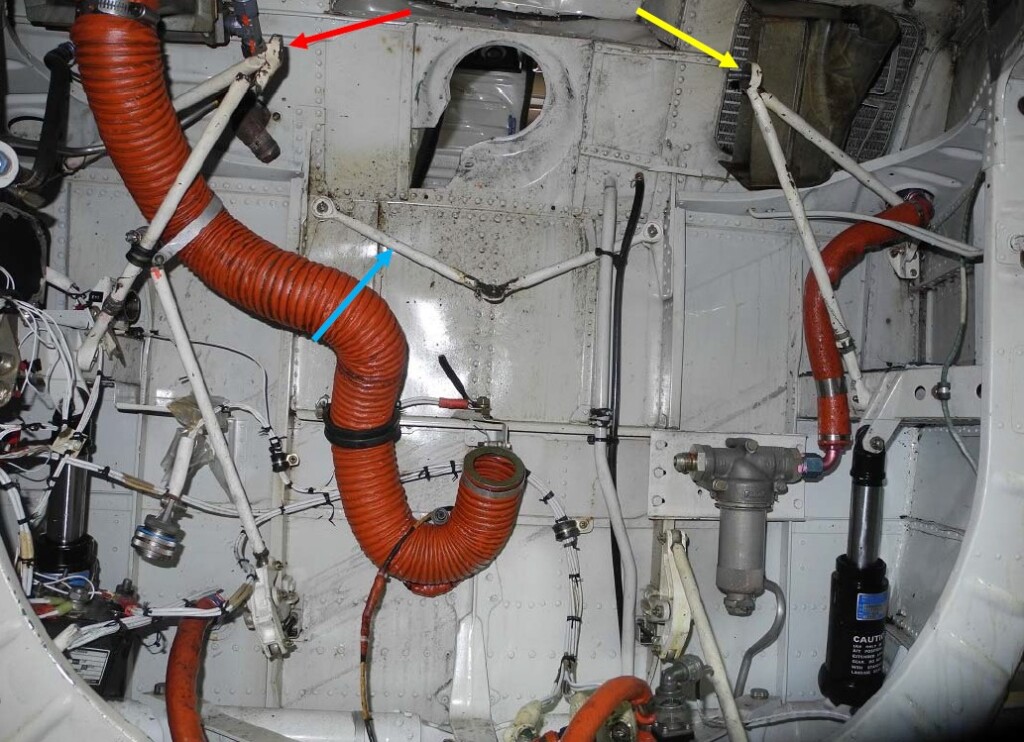
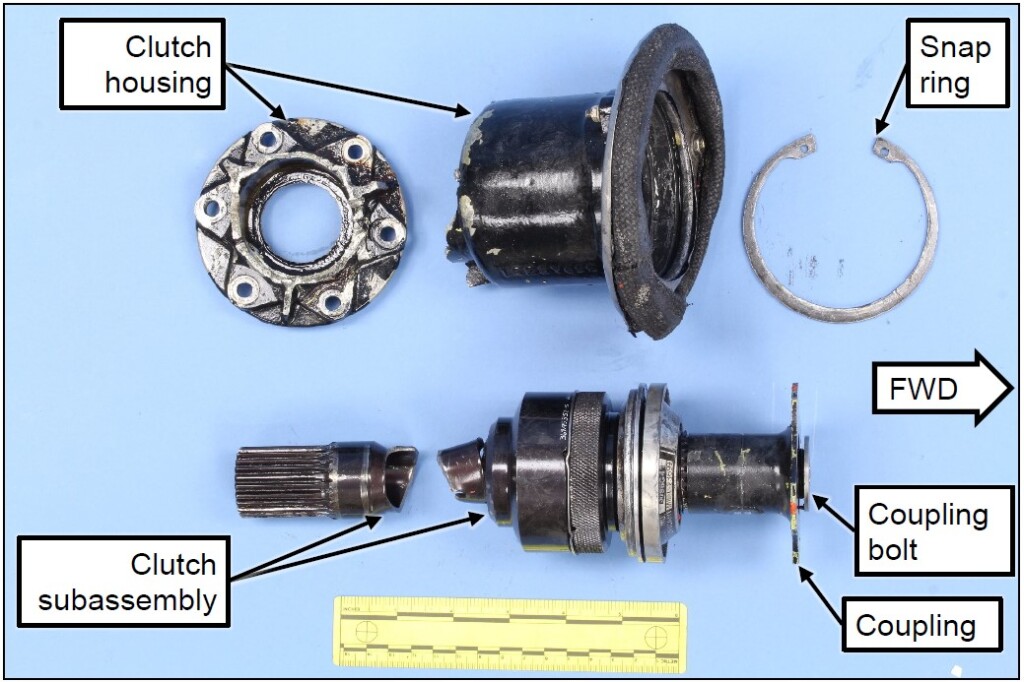
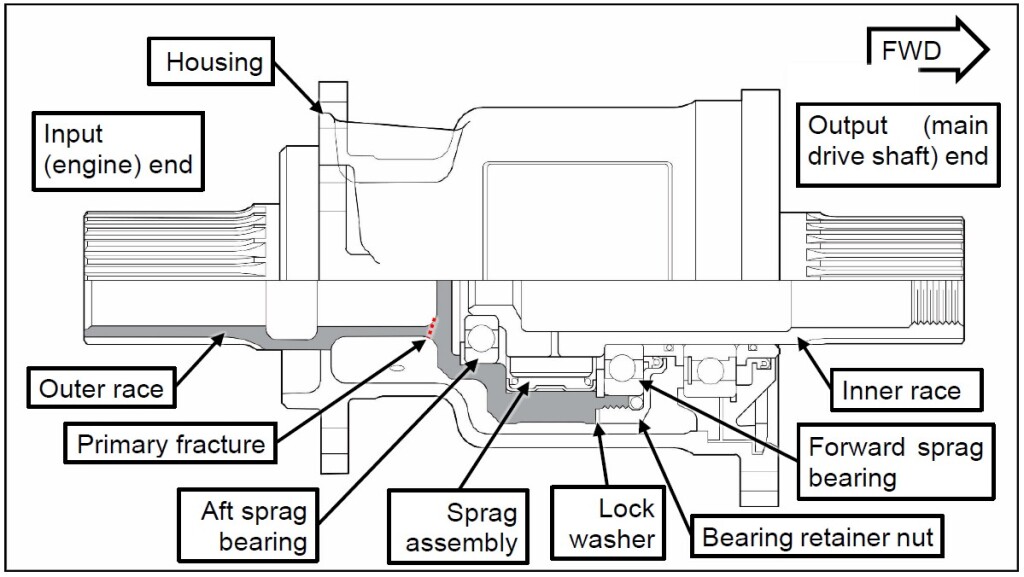

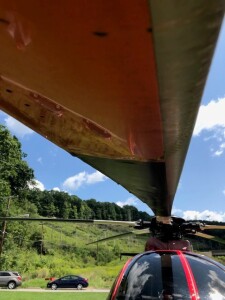
Recent Comments